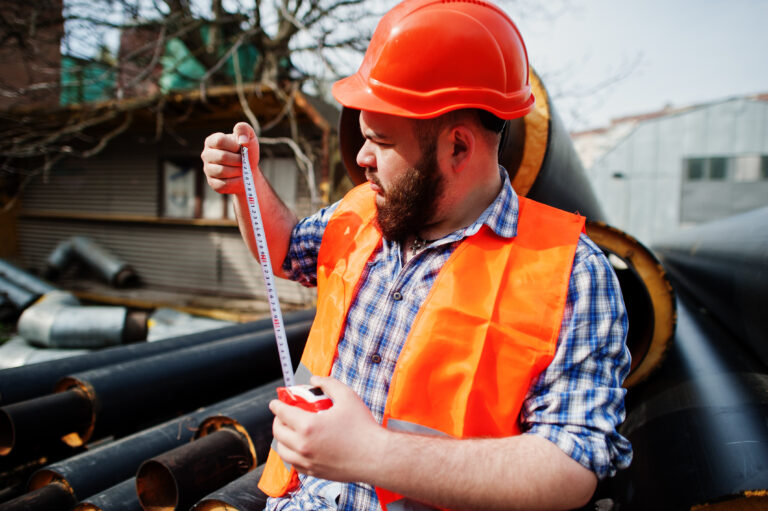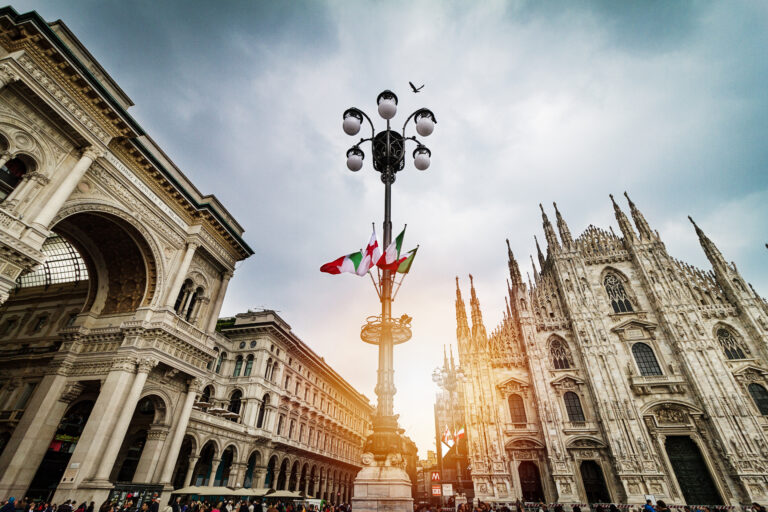People are more concerned than ever before about environmentally friendly products and technologies. People want to know that the things they use aren’t detrimental to the environment or pose any health hazards, especially now that climate change is at the forefront of many issues.
Plastics manufacturing is one business that has received a lot of criticism from environmentalists. It is due to the country’s dependency on fossil resources and the mountains of plastic waste strewn over the globe.
However, not all plastics are equal, and in this article, we get to know how ecologically beneficial polyurethane mat is.
What role does polyurethane play in the environment?
While opponents point out that polyurethane manufacturing consumes fossil fuels like oil, which contributes to climate change, they overlook how polyurethane goods combat climate change and improve the environment.
First
Polyurethane products are good insulators, improving building energy efficiency and cutting carbon emissions by reducing the energy required to heat and cool buildings.
Second
Because polyurethane goods are lighter than other materials, they help automobiles run more efficiently.
Domestic refrigerators, which employ polyurethane as an insulator to promote energy efficiency, are another example of how polyurethane benefits the environment. Improving energy efficiency goes a long way toward lowering carbon emissions and their consequences for climate change.
Finally, polyurethane waste is utilized to generate electricity for solid waste incineration in many regions, minimizing the demand for fossil fuels.
What does end up in the trash is also non-toxic and won’t harm the soil or water. As the polyurethane business evolves, it seeks out innovative ways to reduce waste and improve the manufacturing process’s energy efficiency.
Properties of Polyurethane
Polyurethane’s technical properties make it an important structural material in a wide range of industries where products must have high resistance, wear resistance, and resistance to harsh environmental impacts.
- The density of polyurethane varies depending on the product; indicators might range from 30-300 kg/m3.
- Polyurethane comes in various hardnesses, ranging from very soft (like a gel bicycle seat) to very hard (like a bowling ball). However, the sweet spot for many of its performance attributes is between 55 and 75 Shore A.
- Polyurethane has a wide operating temperature range, ranging from -60 to +80 °C, with short-term use at + 120-140 °C conceivable without losing technical properties.
- Polyurethane has a strong elasticity combined with high hardness, and its strength indicators can approach 50 MPa. It can stretch up to 650 percent without causing damage.
- Polyurethane is an insulator that does not carry electricity.
- Polyurethane has a low weight, making it a viable option for lighter materials.
- Ozone resistance is also an advantage, unlike rubber, polyurethane does not collapse when exposed to ozone.
- Acids, oils, and solvents are all resistant to polyurethane.
Polyurethane’s major competitors and properties of polyurethane mat
Polyurethane has stronger wear resistance and flexibility than rubber, is less prone to lubricants, gets dirty less, ages more slowly, returns to its original shape more rapidly after deformation, and can withstand mechanical stress better. What’s more, polyurethane mat offers excellent springiness and rebound properties.
Compared to metal, polyurethane is more flexible, lighter, does not carry electricity, and is less prone to abrasion. Polyurethane is also expensive to make and maintain mechanisms using parts made of this material that are quieter.
These are some details regarding polyurethane. That’s why polyurethane mat will be environmentally friendly, which is very important right now.




